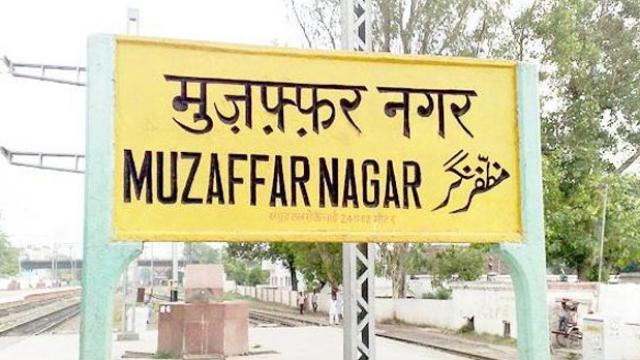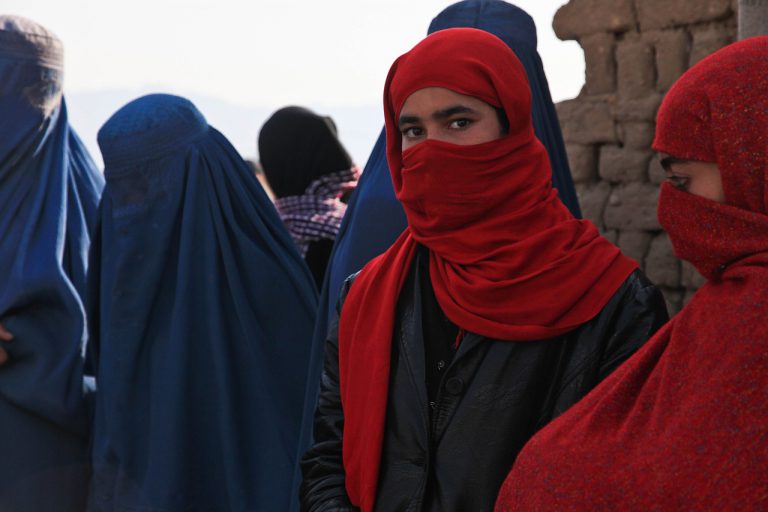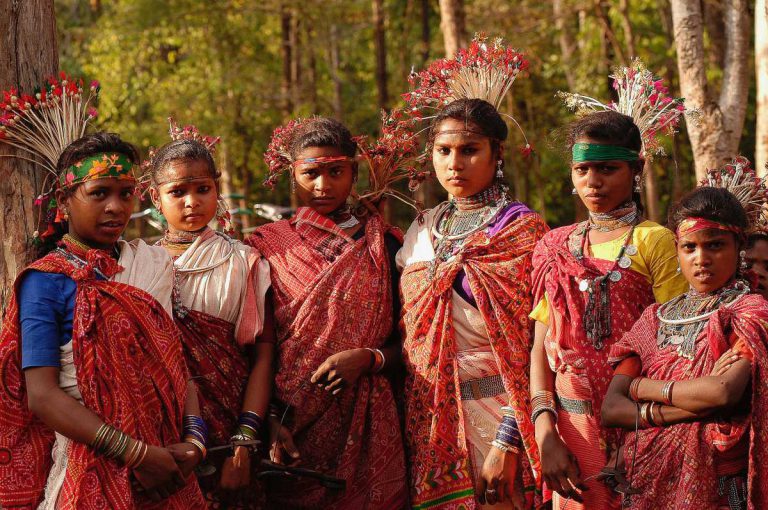Understanding the technological impact on financial inclusion

[responsivevoice_button voice=”US English Female” buttontext=”Read out this Theel for me”]
Financial inclusion is the availability of financial services, including savings and deposits, payments and transfer services, credits and insurances to the people of urban as well as remote areas (i.e. villages). As per the United Nations, the goals of financial inclusion also states that there must be safe and sound institutions which have clear regulations and good industry performance to ensure continuity and certainty of investments and affordability for clients. In partnership with National Bank for Agriculture and Rural Development, the UN aims to avail financial services to the poor and increase awareness among them, particularly amongst women.
I want to emphasize on the measures taken that would turn the goals into reality.
In the 1960s, RBI’s focus was to channelise credit to the neglected sectors of the economy and weaker sections of the population. RBI also took initiatives like Lead Bank Scheme, establishment of Regional Rural Banks, Service Area Approach, Self-Help Group Bank Linkage Programme, setting up Local Area Banks and more to make services available to more people. RBI had also advised all the banks to open Basic Saving Bank Deposit (BSBD) accounts with no minimum balance deposit(“no frills” account), and withdrawal of cash at the bank branches and ATMs, facility of providing ATM card and receipt of money through electronic payment channels. This proved beneficial to the weaker sections of the society and the poor people. According to the NSSO 59th Round Survey results, over 73% of farmer households have no access to the formal financial system. As per the Government of India Population Census 2011, only 58.7% of households are availing banking services in India and 65% of adults are excluded from the formal financial system. The next Census will be held in 2021. This shows that a great number of poor people are either unaware of the financial services or having obstacles in accessing them. Taking into consideration the KYC requirements and documentation as a hindrance in opening bank accounts, KYC was simplified to a possible extent. Like, Aadhaar Card was allowed to be used as one of the eligible documents for meeting KYC requirements for opening a bank account. In 2013, even e-KYC services based on Aadhaar were provided by banks to facilitate easy access to banking services.
Using technology to provide doorstep banking services where the accounts can be operated even by illiterate customers using biometrics is a potential outcome of financial inclusion. The general-purpose credit card (GCC) scheme was introduced to provide hassle free credit to the banks’ customers. The Kisan Credit Cards (KCCs) were issued by the banks to the farmers as smart cards for providing timely and adequate credit support. During 2012-13, banks issued 1.2 million smart cards as KCCs. By March 2012, over 74,000 habitations having population more than 2000 were provided banking services using technology under the Swabhimaan financial inclusion campaign. Under financial inclusion, Ultra small branches (USBs) are set up in a small area of 100-200 sq. feet where the officer designated by the bank will be available on pre-determined days to make banking services available to the residents of those villages. A total of over 40,000 USBs have been set up in the country.
In recent years, financial education workbooks have been prepared for class VI to X by NCFE in collaboration with CBSE. The final approval is in process. Four governments i.e. Goa, Mizoram, Jammu & Kashmir and Meghalaya have agreed to include financial education topics in state board school curriculum.
RBI has mandated that any entity which is given a new license to open a bank have to open at least 25% branches in the rural areas. This makes sure that residents of villages get adequate financial facilities. In August 2016, RBI gave 11 licenses for payment banks. Payment banks undertake activities like acceptance of deposits, payments and remittance services but cannot lend money. Most of the transferring, depositing of money can be done by using mobile. Hence, people in rural areas can transact using mobile. The concept of Small Finance Banks came in September 2016 which offer basic banking services, accept deposits and lend to weaker and underprivileged sections, marginal farmers, micro and small industries. Direct Basic Transfer (DBT) can prove to be the enhanced side of financial inclusion if all the entitlements under various schemes start flowing directly into the bank accounts of the individuals under the DBT mode, then people will be encouraged to save money and build up investment.
The Pradhan Mantri Jan Dhan Yojana (PMJDY) announced by the Prime Minister Narendra Modi in 2014 ensures access to various financial services like availability of basic savings bank account, remittances facility, insurance and pension to the weaker sections and low-income groups using technology. Under the Jan Dhan scheme, any individual older than 10 years of age can open a bank account on his/her name with an opening deposit of zero. Under this scheme, individuals whose Jan Dhan account completes 6 month are eligible to obtain loans upto Rs 5000. In order to ensure that even people below the poverty line from rural areas have access to banking services, PMJDY aims to make some basic financial transactions via ordinary mobile phones and not necessarily by smartphones. The scheme offers Rs 2,00,000 as insurance sum in the event of death due to accident. Each family is offered a RuPay debit card along with the Jan Dhan account. This ensures easy withdrawal of money from ATMs.
In order to make these schemes effective, the role of technology is the most important. For the implementation, Micro ATMs, Biometric ATMs, mobile ATMs are designed to make transactions easier for people of rural areas. There are few disadvantages like mobile ATMs won’t be available 24×7.
Financial inclusion strives to bring financial awareness in villages and provide the residents with best possible and affordable banking services, using technology. Overall, it is just a myth that the scope of financial inclusion is limited to just opening a bank account for an individual. In reality, you must have understood that it is a very broad term.
Featured Image Credits: Micheile Henderson on Unsplash









Fantastic article prachi.. Nice writing.. Keep it up
Thank you. I am glad that you liked it
Keep reading. 🙂